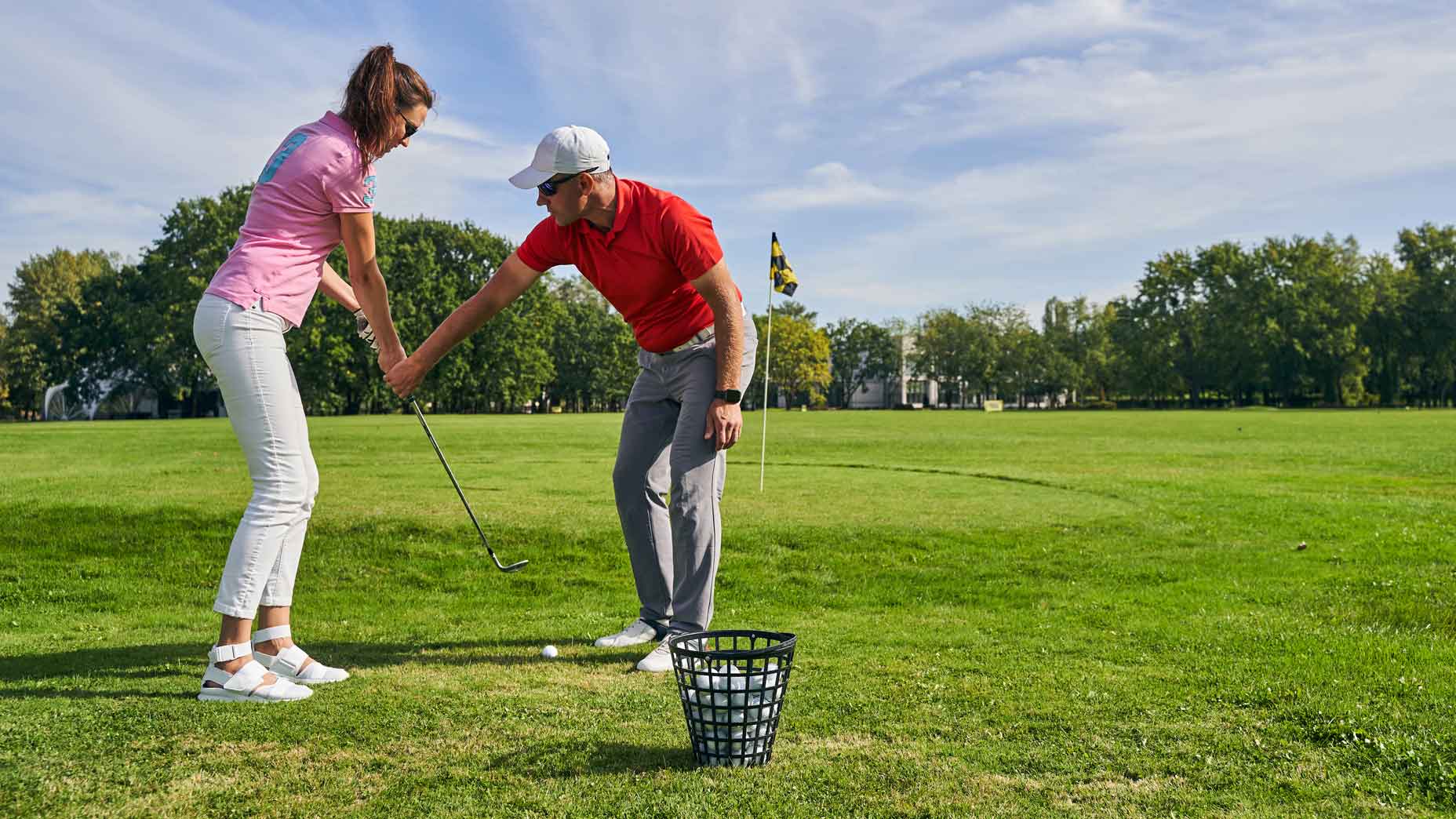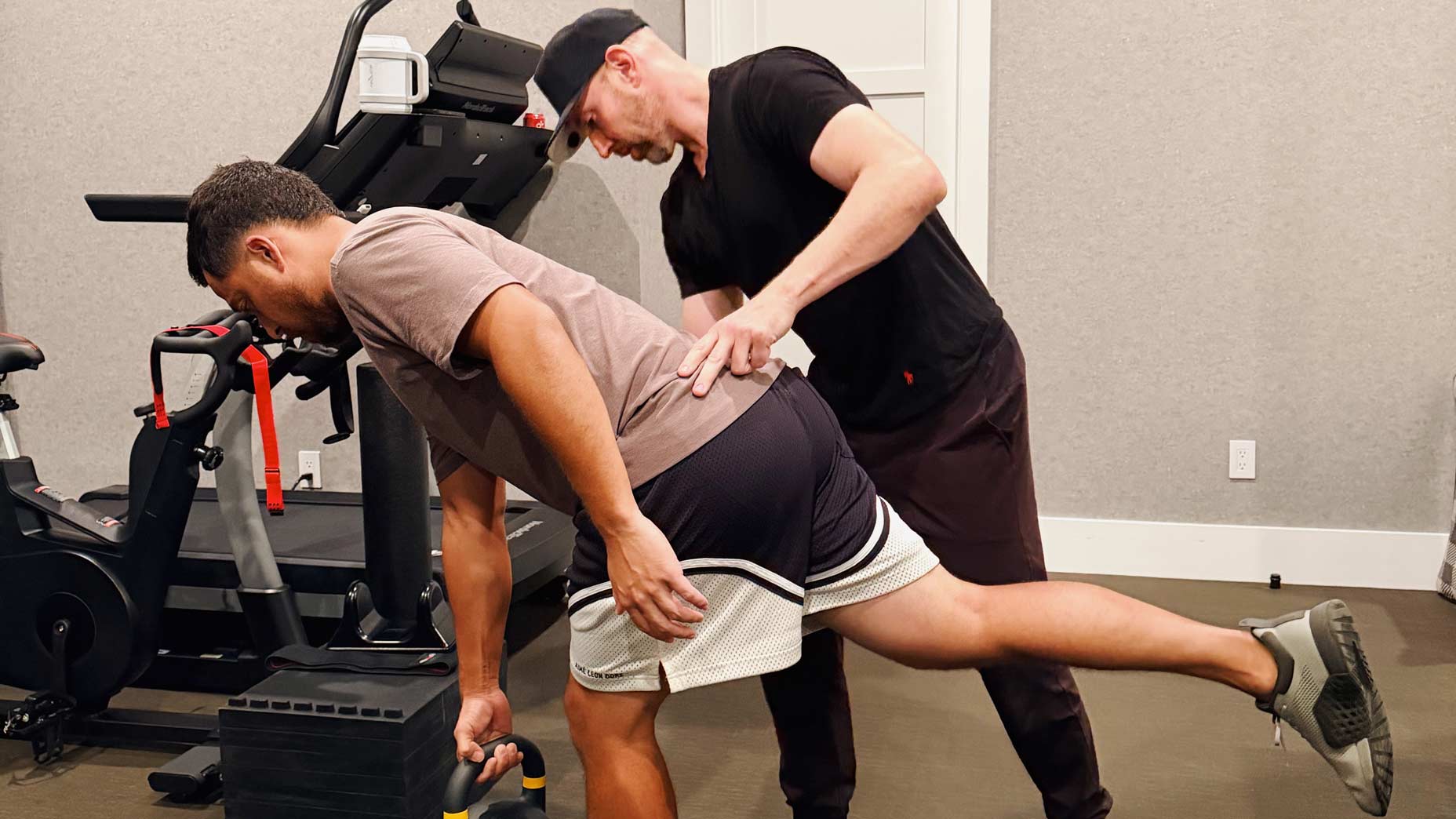On Jan. 1, more than 30 changes to the Rules of Golf — some small, others significant — will take effect. To get you ready, this holiday season GOLF.com is rolling out a series, “The 12 Days of Rules Changes,” to ensure you always play by the rules, starting with your opening round of the year.
The Topic: When you’re on the green, can you putt with the pin in?
The Old Rule: Hitting the flagstick with your ball from on the green resulted in a two-stroke penalty.
The New Rule: According to the USGA, under Rule 13.2a(2), “There will no longer be a penalty if a ball played from the putting green hits a flagstick left in the hole.” Players will still have the option to remove the flagstick or to have someone tend the pin and remove it after the ball is struck.
Why It Was Changed: The USGA cited its main reason for changing this rule as pace of play. “Allowing a player to putt with the flagstick in the hole without fear of penalty should generally help speed up play,” the organization posted on its website. Because most golfers don’t play with caddies, the process of taking the flagstick out to putt out can delay play, and the USGA added that it does not anticipate the rule resulting in a scoring advantage.
Will It Be Controversial? Yes, as far as these things go. It already has been controversial! The headlines thus far have come from Bryson DeChambeau, who announced to GOLF.com last month that he intends to putt with the pin in.
“It depends on the COR, the coefficient of restitution of the flagstick,” he said. “In U.S. Opens, I’ll take it out, and every other Tour event, when it’s fiberglass, I’ll leave it in and bounce that ball against the flagstick if I need to.”

The USGA’s calculations have weighed two possibilities: in the first, a ball that would otherwise go in hits the flag and bounces out instead. The second scenario is the opposite; a ball that would not go in the hole hits the flagstick and goes in. They expect no clear advantage. “On balance it is expected that there should be no advantage in being able to putt with the unattended flagstick in the hole.”
DeChambeau good-naturedly disagrees. “The USGA’s gonna have to go back on that one. Like, ‘No! We made the hole bigger!'”
How It Can Help You: There are some strategic elements to this one. Leaving the flagstick in means you can ram in some short putts, taking break and doubt out of them. (But be careful — one firmly-struck missed putt can zip by!)
Where this rule can more reliably help you is in pace of play. No longer do you have to feel a twinge of guilt for tapping in without first removing the pin. This is especially true when playing by yourself or playing in a hurry. Now it’s up to every golfer to decide: are you a pin-in or pin-out putter moving forward?







